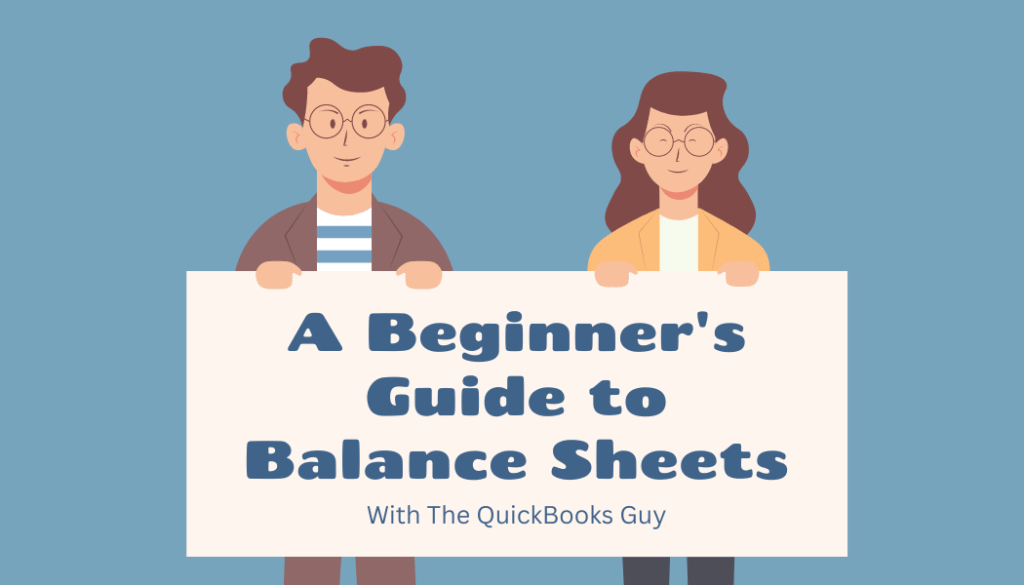
Amidst the sea of financial documents and terminology, the balance sheet stands out, offering a snapshot of your business’s financial health at a given point in time.
What is a Balance Sheet?
A balance sheet is a financial statement that provides a summary of a company’s financial position at a specific moment in time. It showcases the company’s assets, liabilities, and equity, highlighting the relationship between what the company owns (assets) and what it owes (liabilities and equity).
Understanding the Components:
- Assets: Assets represent the resources owned or controlled by the company that have economic value and are expected to provide future benefits. These may include cash, inventory, property, equipment, investments, and accounts receivable.
- Liabilities: Liabilities are the company’s obligations or debts that arise from past transactions and are required to be settled in the future. This may encompass accounts payable, loans, accrued expenses, and other financial obligations.
- Equity: Equity, also known as net assets or owner’s equity, represents the residual interest in the company’s assets after deducting its liabilities. It reflects the ownership interest of the company’s shareholders or owners and is calculated as assets minus liabilities.
The Balance Sheet Equation:
[ Assets = Liabilities + Equity ]
This fundamental equation underscores the principle of balance in accounting, stating that the company’s total assets must equal the sum of its liabilities and equity. It ensures that the accounting equation remains in equilibrium, providing a reliable measure of the company’s financial stability.
Analyzing the Balance Sheet:
Interpreting a balance sheet involves analyzing the relationship between assets, liabilities, and equity to gain insights into the company’s financial health and performance. Key metrics such as liquidity ratios, solvency ratios, and profitability ratios can be derived from the balance sheet to assess the company’s ability to meet its short-term and long-term obligations, its financial leverage, and its overall profitability.
Putting Theory into Practice:
Now that we’ve covered the basics, let’s put theory into practice. Take a moment to review a sample balance sheet and familiarize yourself with its components. Notice how assets are listed in order of liquidity, with the most liquid assets (cash and cash equivalents) listed first, followed by progressively less liquid assets.
As you delve deeper into the world of entrepreneurship, remember that financial literacy is a journey, not a destination. By understanding the fundamentals of balance sheets and other financial documents, you empower yourself to make informed decisions that drive the success of your business.
Not ready to do it on your own
The QuickBooks Guy offers not just bookkeeping services but a partnership in your financial journey. With a deep understanding of QuickBooks and a commitment to personalized service, ‘The QuickBooks Guy’ is your ally in navigating the complexities of financial management. By choosing us, you ensure that your business’s financial health is in capable hands, allowing you to focus on growing your business.
Don’t let bookkeeping challenges hold you back any longer. Reach out today at 678-923-5904 or drop an email to TheQuickBooksGuy@gmail.com.
It’s time to get your books done right!




